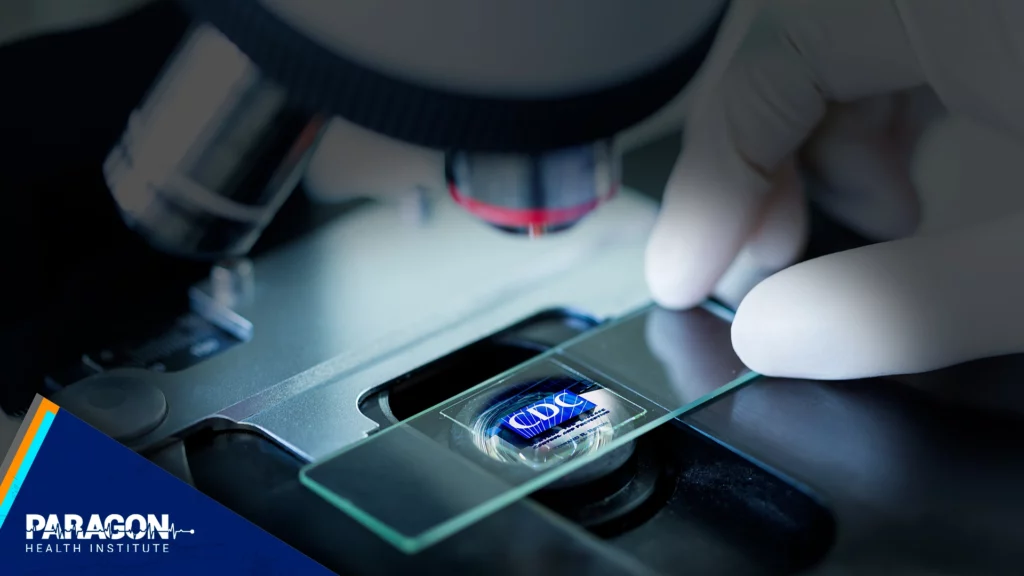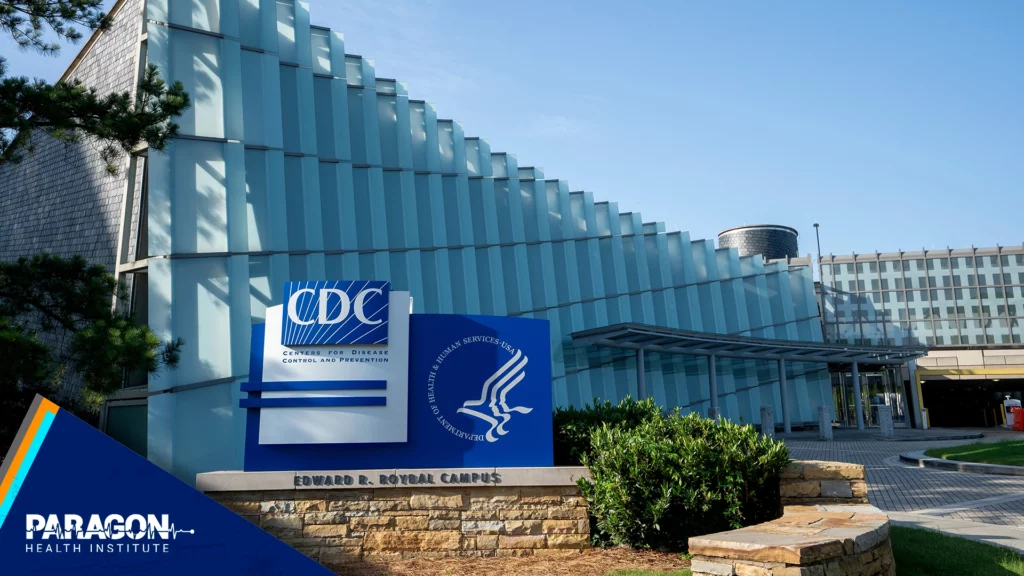Created in 1946 as “Communicable Disease Center,” the Centers for Disease Control and Prevention (CDC) currently states its mission as protecting the nation against “health, safety and security threats, both foreign and in the U.S.” The CDC operates within the larger U.S. Department of Health and Human Services.
The duties of the CDC are numerous. Preventing the spread of infectious disease is a major function. The agency monitors domestic and international health conditions to detect disease outbreaks that represent a threat to public health. Should a threat be detected, the agency engages in threat containment program through a collaboration with state and local governments if the source is domestic, or a foreign government if the source is international. If a disease is vaccine preventable, the CDC may also work with foreign governments to promote the distribution of vaccine among the population. This latter activity is an example of the CDC’s efforts to prevent recurrences of a disease outbreak.
Another important role of the CDC concerns the development of health policies. Public health policy encompasses the guidelines, laws, regulations, government actions, and supporting outreach that maximize wellness and safety among a nation’s population. The CDC conducts research and analysis that result in advocacy for specific public health policies. The CDC also implements federal laws through the agency’s regulatory activity. The CDC has come under additional scrutiny since 2020 for promoting a faulty COVID-19 test, providing politicized guidance, and for extending its mission well beyond areas related to fighting infectious disease such as climate change, racism, and gun control.
Additional Resources


